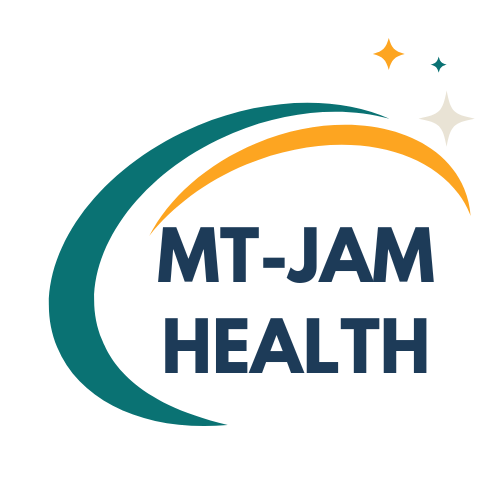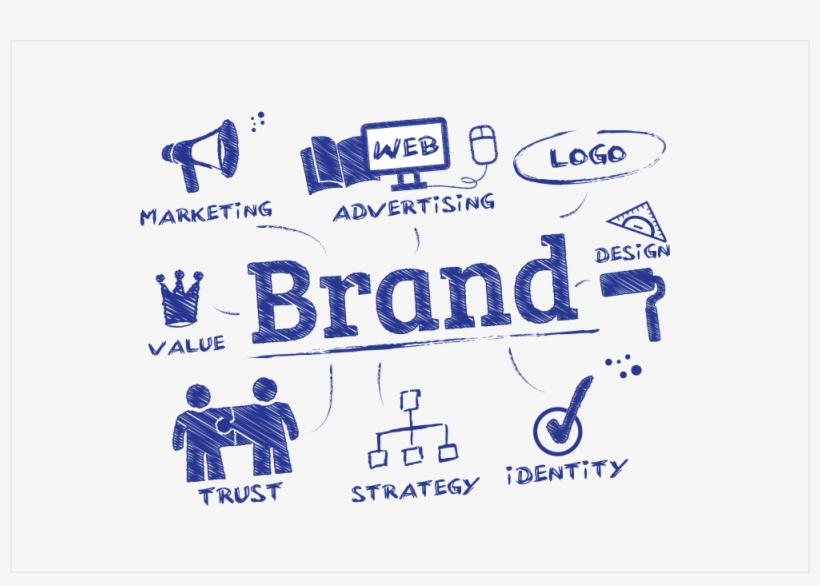In today’s fast-paced world, effective communication is key to stand out from the crowd. However, when it comes to the healthcare industry, the stakes are much higher. Clear communication can be a matter of life and death. That’s why understanding the differences in brand communication between the healthcare industry and other sectors is essential. In this article, we will explore how the healthcare industry approaches brand communication differently from other industries. From the tone of voice to messaging, we will examine the unique challenges and opportunities healthcare brands face and how they can effectively communicate their message to their target audience. Whether you are a healthcare professional, a marketer, or simply interested in the nuances of brand communication, this article will provide valuable insights into the world of healthcare branding.

The Importance of Brand Communication in the Health Industry
Effective communication is crucial in the healthcare industry. Patients rely on accurate information to make informed decisions about their health, and healthcare providers need to communicate complex medical concepts in a way that patients can understand. In addition, healthcare brands need to build trust with their audience. Building trust is especially important in the healthcare industry, where patients often feel vulnerable and want to be sure they are making the right decisions. Trust is built through consistent, clear communication that puts the patient’s needs first.
Challenges in Brand Communication for the Health Industry
The healthcare industry faces unique challenges when it comes to brand communication. One of the biggest challenges is the complexity of the subject matter. Healthcare concepts can be difficult to understand, and healthcare brands need to find ways to communicate these concepts in a simple and accessible way. Another challenge is the sensitive nature of healthcare topics. Patients may feel embarrassed or ashamed of their health problems, making it difficult for them to seek help or discuss their issues with others. Healthcare brands need to be sensitive to these concerns and find ways to communicate in a way that is empathetic and reassuring.
Another challenge is the highly regulated nature of the healthcare industry. Healthcare brands need to comply with a range of regulations and guidelines, including those related to advertising and promotion. This can make it difficult to communicate in a way that is both effective and compliant. Finally, healthcare brands need to compete in a crowded marketplace. There are many healthcare brands out there, and it can be difficult to stand out from the crowd. Healthcare brands need to find ways to differentiate themselves and communicate their unique value proposition to their target audience.
Key Differences in Brand Communication for the Health Industry Compared to Other Industries
The healthcare industry approaches brand communication differently from other sectors. One of the key differences is the tone of voice used in communication. Healthcare brands need to communicate in a way that is empathetic and reassuring, while also being informative and authoritative. The tone of voice needs to be professional, yet friendly and approachable. Another key difference is the messaging. Healthcare brands need to communicate complex medical concepts in a simple and accessible way, using language that is easy for patients to understand. Messaging also needs to be sensitive to the emotional and psychological needs of patients, who may be feeling vulnerable or anxious about their health.
Another difference is the approach to data and evidence. Healthcare brands need to provide evidence to support their claims and back up their messaging. This is especially important in the healthcare industry, where patients rely on accurate information to make informed decisions about their health. Finally, healthcare brands need to be transparent and honest in their communication. Patients expect healthcare providers to be trustworthy and truthful, and healthcare brands need to uphold these values in their communication.
Strategies for Effective Brand Communication in the Health Industry
There are several strategies healthcare brands can use to communicate effectively with their target audience. One strategy is to use plain language. Healthcare brands should avoid jargon and technical terms, instead using simple language that is easy for patients to understand. Another strategy is to use visuals. Visuals can help to communicate complex medical concepts in a simple and accessible way, making it easier for patients to understand. Healthcare brands can also use storytelling to engage their audience. Storytelling can help to create an emotional connection with patients, making it easier for them to relate to the brand.
Finally, healthcare brands should focus on building trust with their audience. Trust is built through consistent, clear communication that puts the patient’s needs first. Healthcare brands should be transparent and honest in their communication, providing evidence to support their claims and always putting the patient’s interests first.
Measuring the Success of Brand Communication in the Health Industry
Measuring the success of brand communication in the healthcare industry can be challenging. One way to measure success is to track engagement. Healthcare brands can track metrics such as website traffic, social media engagement, and email open rates to gauge the effectiveness of their communication. Another way to measure success is to track patient outcomes. Healthcare brands can track patient outcomes, such as improved health outcomes or increased patient satisfaction, to determine whether their communication is having a positive impact.
Conclusion
Effective brand communication is crucial in the healthcare industry. Healthcare brands need to communicate complex medical concepts in a simple and accessible way, while also being empathetic and reassuring. Healthcare brands also need to build trust with their audience, providing evidence to support their claims and always putting the patient’s needs first. By using strategies such as plain language, visuals, and storytelling, healthcare brands can engage their audience and communicate successfully.
Do you need help in creating an effective brand communication strategy that will position you as an authority in the health and medical space? Talk to us





